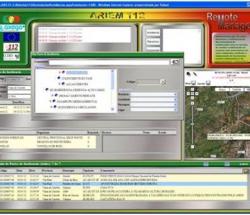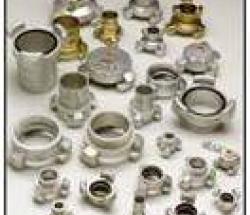| Brief description | Consolidation and institutionalization of cross-border collaboration and communication mechanisms between the emergency “112” services (ambulance, fire brigade, rescue service and police). |
|---|---|
| Region | Internal EU borders |
| Countries | Spain (ES) and Portugal (PT) |
| Location | 40 border municipalities in the region (Autonomous Community) of Galicia (ES)
47 border municipalities in the region (Autonomous Community) of Castilla y León (ES) 22 border municipalities in the region of North Portugal (PT) |
| Type of project partners | Regional government units |
| Size (total budget including EU grants) | € 200,000 to € 500,000 |
| Main themes | Environmental protection, climate change and risk prevention |
| Keywords (Types of Activities) | Education and training Acquisition of equipment Other |
| Keywords (Aspects of Good Practice) | Genuine cross-border dimension Genuine cross-border impact Innovative Good sustainability |



